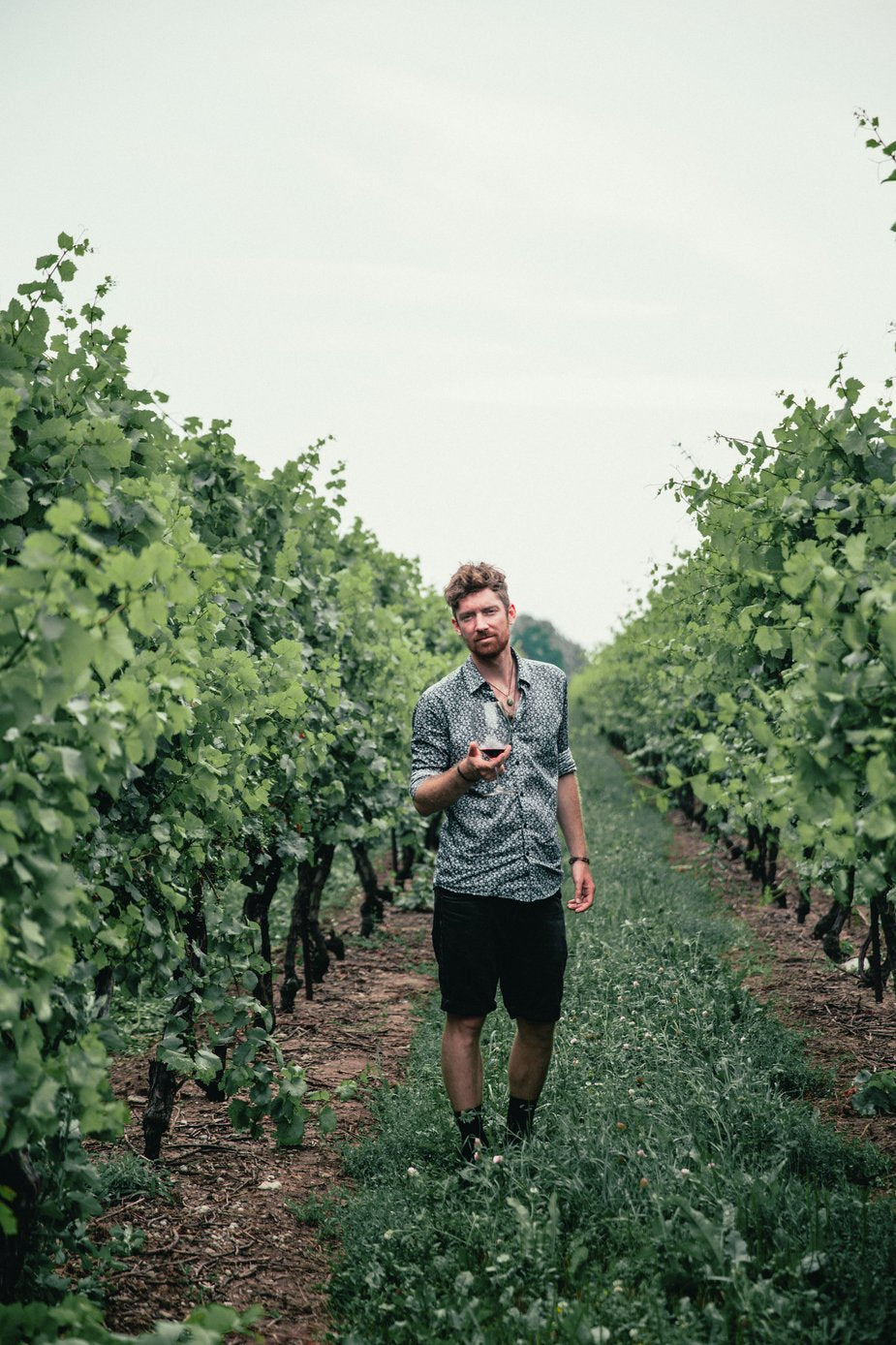
Get Intimate With South Australia's Beefy Barossa and Heavenly Eden Valleys.
South Australia is renowned for its world famous wine regions, historic estates, and some of Australia's longest-standing vines.
Standing rightly as Australia's wine state, it accounts for 44 per cent of the nation’s vineyards, is responsible for 47 per cent of the annual crush and makes 48 per cent of our annual wine output - even if Victoria has more wineries, New South Wales has more zones, and Western Australia has the largest single zone.
There are many highly-regarded wine regions in South Australia and all have contributed to the global recognition of Australian wine. Although the region’s reputation deserves to remain, the addition of other flagship varieties and the evolution of wine styles have made for enormous change in recent times.
As the region changes, so does the dynamic nature of its wines. With so many varieties produced in these regions, they cannot all be associated with a single wine, style or colour.
A multitude of different soil types and local factors such as altitude and sea breezes have created the opportunity to cultivate a variety of wine styles and qualities. A diverse range of climates also exists in South Australia, but none more famous than the relatively warm and temperate climate of Barossa, known for producing marvellous world-class Shiraz grapes.
As Australia’s oldest and most familiar region, Barossa is composed of two sub-regions: Barossa Valley and Eden Valley. Despite the proximity to each other, these two areas produce entirely different styles of wines and tasting experiences. With luxurious whites such as Chardonnay, Sémillon, and Viognier, and elegantly dry Rieslings, Barossa is the destination for complex and delightful wines.
Barossa Valley

In Barossa Valley, you can find Shiraz vines over 100 years old. Photo by Kelli McClintock
The wines from Barossa Valley tend to be some of the most powerful, flavorful wines not just in Australia, but throughout the world. Shiraz from the Barossa Valley has a characteristic profile of ripe blackberries, dried currants, and mocha, usually combined with a punch of tobacco and an aroma comparable to that of earthy,
wet clay.
wet clay.
In addition to strong fruit flavours, the oils are generally grippy, but allow powdery, gentle tannins with generally no sign of acridity. Wines from this grape often have significant meaty aromas, such as beef broth, beef jerky, or black pepper.
Due to the love provided by the Aussie sunshine, alcohol levels are naturally quite high starting at 14%–15% ABV and continue upward. It is believed that the highest quality Barossa Valley wines can develop for decades despite their intense fruitiness.
There are also some interesting GSM blends and Shiraz Cabernet blends, generally of high quality, as well as Shiraz-Cabernet blends. It is not uncommon for wineries to produce blends in order to extract even greater complexity in their finished wines by combining the flavour profiles of different varieties.
Eden Valley

Eden Valley's altitude and cooler climate grows some of Australia's most sought after grapes for well aging wines. Photo by Thomas Schaefer
The Mount Lofty Ranges are a chain of hills east of Barossa Valley that house Eden Valley and its sub-zone, affectionately called High Eden. Because Eden Valley is higher and cooler, intense acidity and a tart taste emerge from its grapes. Acidity is one of the characteristics for achieving long-term longevity in wines, which is why some of the most age-worthy Barossa wines come from Eden Valley or feature its fruit in blends.
When you are looking for something to drink right now, remember that wine will grow better with time, and that's why seeking a quality Eden Valley wine now will pay off in the long run.
Shiraz created in this region has lower acidity, with a more delicate fruit profile and a higher concentration of dark fruit secondary flavours. One of Australia’s most famous single-vineyard wines, Henschke’s Hill of Grace, hails from here. Besides producing most of the Barossa's white wines, the area is famous for its acid-driven dry Rieslings and the high-quality, but lush styles of old-world white grape varietals.
Getting there

Tanunda's historic railway station on the doorsteps of the Barossa. Photo by Chris Fithall
Once you arrive in Adelaide there are plenty of options to complete your journey to the Barossa including car hire, Barossa tour operators and public transport. For private charters, there is a light-plane airport at Parafield, just 45 minutes south of Barossa in metropolitan Adelaide. For a list of all domestic, international, regional and charter services available, please visit the Adelaide Airport Website here.
The Barossa is located about a simple hour’s drive (70km) northeast of the Adelaide airport. Simply drive to Tanunda via the Northern Connector. Or for the scenic route, leave the Adelaide Airport via the North East Road through Chain of Ponds to Williamstown and Tanunda (approx. 1 hour 32 minutes.)
It’s never been easier to find yourself in one of the world’s most venerable wine regions. And once you arrive, you’ll find yourself enchanted by the historic local towns and hamlets.
Thank you for reading and considering having your own Taste Down South!
Share with your friends to share the spirit.
#TasteDownSouth












